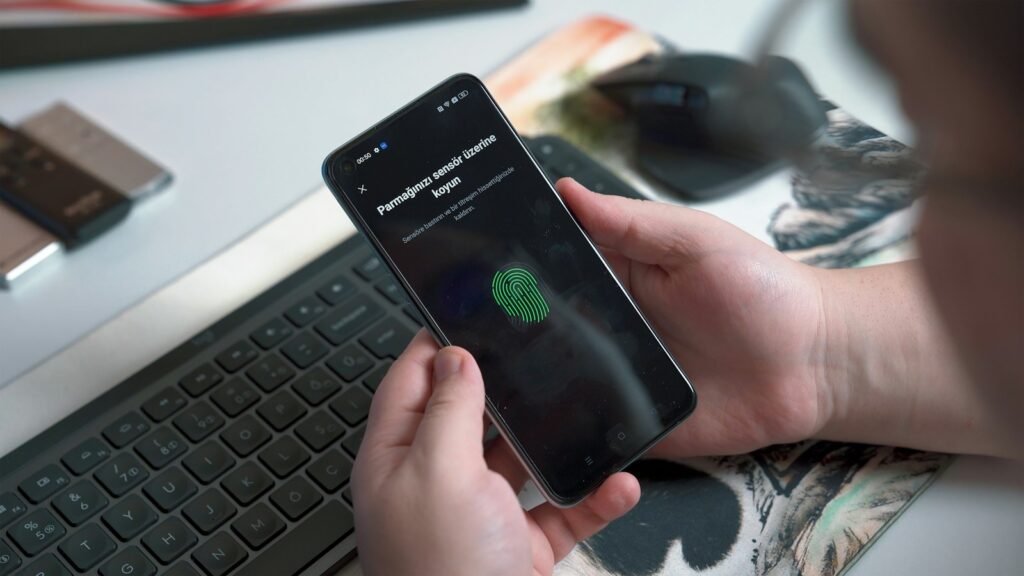European Digital Identity Revolution: A Leap Towards Secure and Accessible Online eID Services
In a momentous stride towards guaranteeing a reliable and fortified digital identity for the entirety of Europeans, the Council presidency and representatives from the European Parliament have brokered a provisional consensus on a novel framework for a European digital identity (eID). This signifies a pivotal advance in instituting a comprehensive and secure online identity infrastructure, with the intention of positioning the European Union as a paramount figure in the digital domain, all the while upholding democratic principles and values.

The European Digital Identity Wallet: A Paradigm Shift
At the nucleus of this regulatory transformation lies the introduction of the European digital identity wallet, an innovative breakthrough that epitomizes a discernible shift in the landscape of digital identity within Europe. The overarching objective is to furnish ubiquitous entry for both individuals and enterprises to airtight and dependable electronic identification and authentication. In accordance with this novel directive, member states will furnish their populace and businesses with digital repositories, interlinking their national digital identities with evidence of other personal attributes, encompassing but not limited to, driving licenses, diplomas, and bank accounts.
The European digital identity wallets empower individuals to prove their identity and share electronic documents seamlessly. With just a click on their mobile phones, citizens can access online services using their national digital identification, recognized throughout Europe. Importantly, this framework eliminates the need for private identification methods, ensuring that users have control over the information they choose to share, thereby prioritizing privacy and data security.
Key Aspects of the Provisional Agreement
Since the initial provisional agreement in June, several crucial aspects have been agreed upon by the co-legislators:
- e-Signatures: The wallet will be free for natural persons by default, but member states have the flexibility to implement measures ensuring free-of-charge use is limited to non-professional purposes.
- Business Model: The issuance, use, and revocation of the wallet will be free for all natural persons.
- Validation of Electronic Attestation: Member states are mandated to provide free-of-charge validation mechanisms to verify the authenticity and validity of the wallet and relying parties’ identity.
- Open Source Code: The application software components of the wallets will be open source, promoting transparency. However, member states have some leeway for justified reasons to not disclose specific components installed on user devices.
- Consistency: Asceratining consistency between the wallet as an eID means and the underpinning scheme under which it is issued has been a priority.
Qualified Web Authentication Certificates (QWACs) and Industry Standards
The updated legislation brings forth a clear delineation of the Qualified Web Authentication Certificates (QWACs) and their role in allowing users to authenticate the identity of a website. This clarification is pivotal in establishing a secure online environment, as it empowers users to verify the legitimacy of websites through the utilization of QWACs. The primary objective of this regulatory revision is to enhance user confidence in online interactions by reinforcing the verification process of website identities.
A noteworthy aspect of the revised law is its commitment to upholding existing industry security regulations and standards. By aligning QWACs with established security protocols, the legislation ensures a robust and consistent framework for online authentication. This adherence to industry standards is instrumental in fostering a secure digital landscape, mitigating potential threats, and bolstering the overall integrity of online transactions.
In its core essence, the revised legislation not only delineates the extent and import of Quality Web Authentication Certificates (QWACs) in empowering users to validate website identities but also prioritizes the perpetuation of adherence to universally recognized security protocols. This all-encompassing strategy strives to forge a more secure and dependable online ecosystem, instilling confidence in users as they partake in digital pursuits, secure in the knowledge that established security benchmarks are rigorously maintained.
Next Steps and Future Implications
While the provisional accord marks a momentous achievement, ongoing technical endeavors persist to culminate in the finalization of the legal verbiage. Once concluded, the document will be presented to representatives of member states for their endorsement. Following a meticulous legal and linguistic scrutiny, the amended regulation will necessitate formal approval by both the Parliament and the Council before it graces the pages of the EU’s Official Journal, thereby officially coming into effect.
The European digital identity framework is an augmentation of the 2014 regulation pertaining to electronic identity verification and trust services for electronic transactions in the internal market (eIDAS regulation). The proposition mandates member states to issue digital wallets founded on shared technical standards, fostering a coherent and interoperable digital landscape.
Conclusion
As we embark upon the endeavor of fashioning written content, it becomes apparent that the European regulation pertaining to digital identity stands as a visionary leap towards an amalgamated, impregnable, and easily accessible online identity infrastructure. Prioritizing user dominion, confidentiality, and lucidity, this framework aspires to elevate the European Union to the zenith of global eminence in the digital panorama, all the while upholding the tenets of democracy. As the granular intricacies of this regulation undergo meticulous refinement and it progresses towards formal ratification, Europe is poised to traverse a metamorphic odyssey towards a future marked by heightened connectivity and digital fortification.



